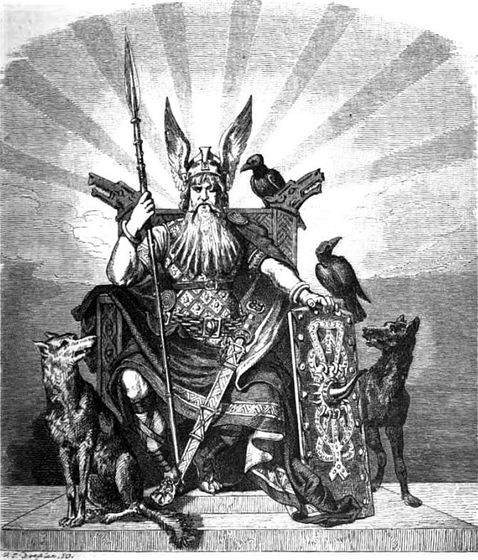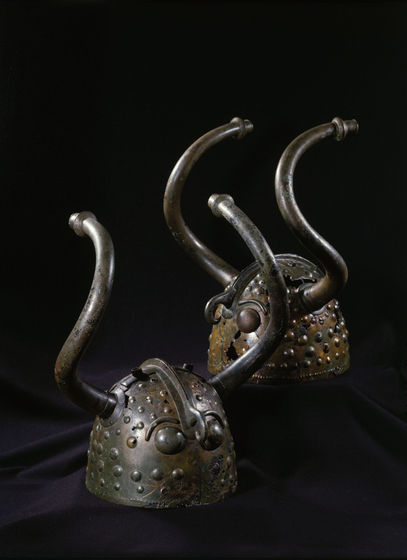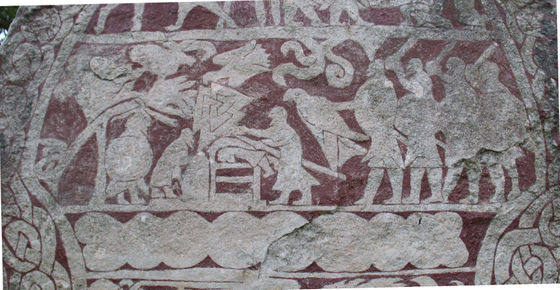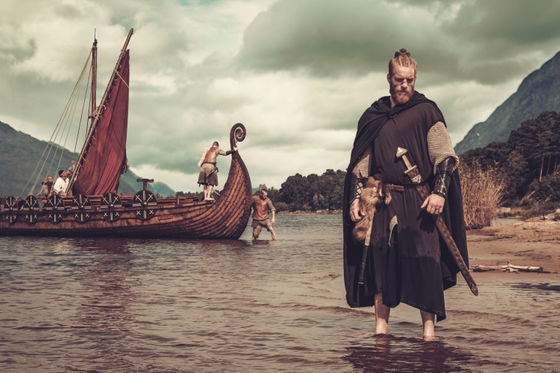7 myths about Vikings that are almost completely false

7 myths about the Vikings that are (almost) totally false | Live Science
https://www.livescience.com/archaeology/vikings/myths-about-the-vikings-that-are-almost-totally-false
Misconception 1: Vikings wore helmets with horns and wings
The idea of the horned and winged helmet, which has become a symbol of the Vikings, was originally conceived by the 19th century German painter and designer Karl Emil Döbler . Döbler, who designed the costumes for Richard Wagner's epic opera ' The Ring of the Nibelung ,' depicted the Norse god Wotan ( Odin ) who appears in the work as a character wearing a winged helmet, and this motif has been passed down to later paintings and films.

In 1942, a horned ceremonial helmet was unearthed in Denmark, which is thought to date to around 900 BC, more than 1,000 years before the Viking Age.

by
Misconception 2: Vikings executed their enemies with 'blood eagles.'
The blood eagle is a cruel method of execution found in medieval Scandinavian sources in which a living victim's ribs were severed from the spine and their lungs were pulled out and spread out like an eagle's wings.
There are two accounts of executions by blood eagle in the Norse sagas , but experts believe they may be exaggerated, and there is no archaeological evidence to support the practice.

by
According to a paper published in 2022, while a blood eagle is not anatomically impossible, the victim would likely have lost consciousness early on in the process of having their back cut open, and would have died quickly from blood loss or suffocation. Therefore, even if a blood eagle execution did actually take place, most of the procedures would have been performed on the corpse, the researchers concluded.
Misconception 3: The Vikings were just invaders.
According to Live Science, while it cannot be denied that many Vikings committed plundering, not all of them did so; some were avid traders and bold explorers.
Artifacts from the Viking Age, dating from around 800 to 1050 AD, include silver coins from the Arabian Peninsula, indicating that the Viking trade network extended from the Byzantine Empire to the British Isles. In addition, the remains of a Viking settlement, L'Anse aux Meadows , have been found in Newfoundland, Canada, indicating that the Vikings reached parts of the Americas around 1000 AD, nearly 500 years before Columbus.

As traders, the Vikings were known for their goods, such as furs, walrus tusks, and amber, and some modern historians say that economic and cultural expansion was just as important to the Vikings as plundering and acquiring slaves.
Misconception 4: The Vikings were violent.
By modern standards, it is an undeniable fact that the Vikings were violent. In particular, the Viking raid on Lindisfarne in 793 AD shocked Christian society and marked the Vikings' notoriety in history. However, Live Science points out that many European societies at the time were similarly violent, and wars and massacres were common, so the Vikings were not unusually violent compared to other peoples.

Misconception 5: Vikings had blonde hair
When you think of the Vikings as a Nordic people, you may imagine them as blonde Vikings with blue eyes, but the Vikings were a group bound together by culture rather than an ethnic group. For example,

Misconception 6: The Vikings were smelly.
The general image of Vikings is that of filthy, scruffy warriors, but in reality, the Vikings were known to be very clean and tidy for their time. In fact, among the relics excavated from Viking graves are grooming items such as combs, tweezers, and earpicks, and fragments of pottery from that time show that the Vikings frequently used soap.
In addition, the Arab explorer

Misconception 7: Christianity tamed the Vikings
It is believed in Christian countries that the spread of Christianity among the Viking society, which worshipped the gods of Norse mythology, made the Vikings more civilized. However, there is no archaeological evidence to support this, and evidence from mass graves found in southern England shows that the Vikings continued to fight bloody battles even after they became Christian.
in Note, Posted by log1l_ks